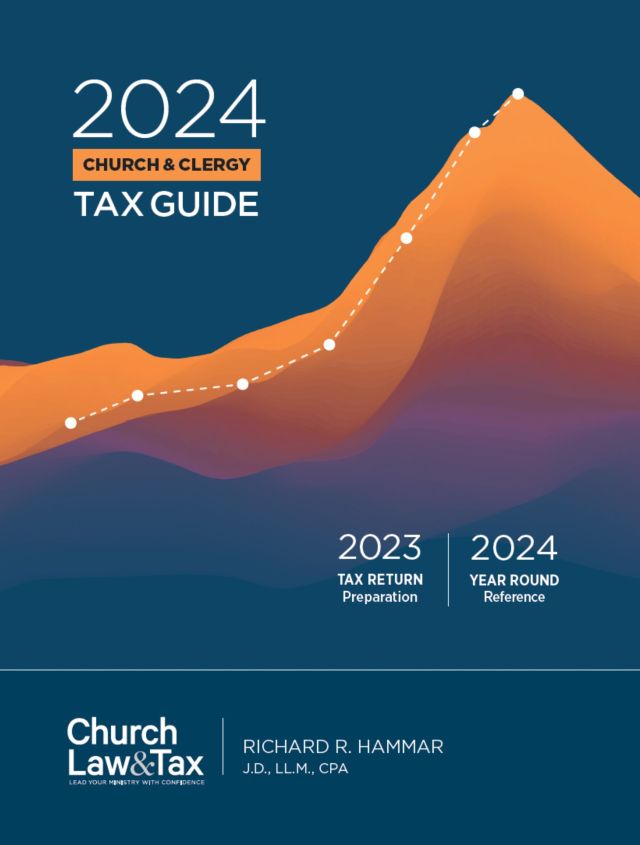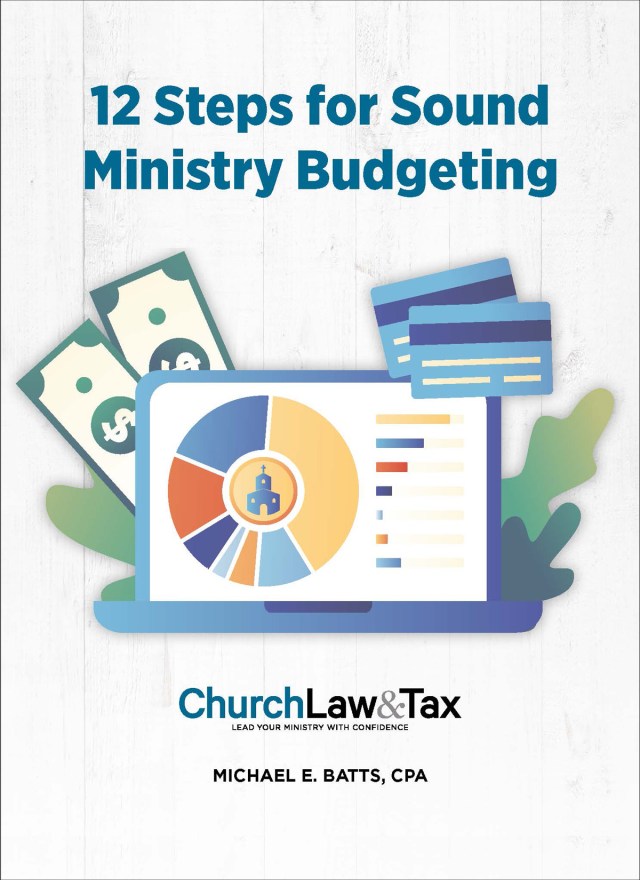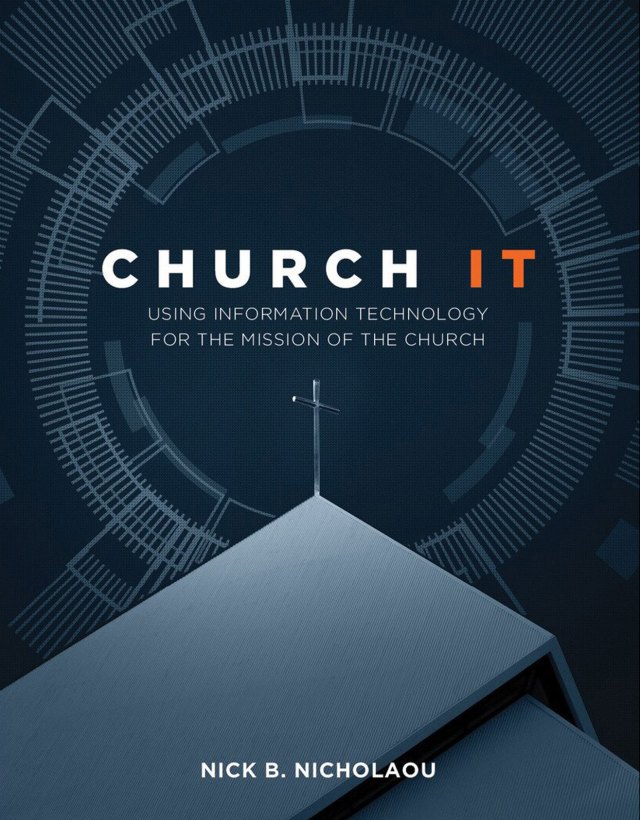Over the past 25 years, major changes in technology, staffing, and financial practices have reshaped how churches operate.
While many developments have made life easier for church treasurers and leaders, they also bring new challenges.
Here are five key changes churches must navigate today.
1. Rapid Changes in Technology
Twenty-five years ago, churches had limited tools for handling finances.
Most giving came in through cash or checks, and basic tools like Quicken or QuickBooks were common for tracking donations.
Today, churches have:
- Fully integrated software that tracks giving, expenses, membership, and even room scheduling
- Easy acceptance of electronic giving via ACH payments, texting, and credit cards
- Sophisticated reporting capabilities, even for small congregations
CPA Vonna Laue noted that technology has significantly impacted how churches manage donations, tithes, and offerings.
Tip:
Laue recommends caution when adopting new software:
- Research options thoroughly.
- Avoid rushing to buy the latest tool.
- Remember: technology may solve some problems—but it can introduce new ones, too.
(For more, see Church IT: Using Information Technology for the Mission of the Church by Nick Nicholaou.)
2. The Rise of the Cloud
Cloud-based services have transformed church financial management.
Today, church leaders benefit from:
- 24/7 access to financial information
- Easy dissemination of data via internet and apps
- Smartphone expense reporting through photo receipts linked to the general ledger
CPA Stan Reiff emphasizes that cloud services often offer better cybersecurity than most churches could afford on their own.
Cybersecurity Risks:
Hackers often target churches.
Reiff shared an example where a hacker impersonated a traveling pastor, emailing a treasurer to wire $10,000.
Luckily, a mistake in entering the routing number saved the church.
CPA Rob Faulk stresses the importance of cybersecurity policies:
- Delete donor account numbers quickly.
- Consult cybersecurity experts—even for small churches.
Tip:
Leverage technology for positive engagement:
- Use live video to connect with missionaries.
- Offer real-time updates on mission trips, instead of waiting until teams return.
Related Resources:
3. People Are Working Longer and Seeking Second Careers
Two staffing trends are helping churches today:
- More Americans are working past age 65 (Bureau of Labor Statistics)
- Older Christians are moving from the for-profit sector into church work
“We’ve seen a lot more second-career people come into the church—bringing valuable business skills with them,” said Laue.
These shifts have raised the competency of church administrators.
Still, people remain a church’s most valuable asset.
Tip:
Provide training to staff transitioning from the business world:
- Utilize training from ECFA, CapinCrouse, and Church Law & Tax resources.
- Explore webinars, podcasts, and workshops at CLTStore.com.
4. The Growing Use and Value of Outsourcing
Outsourcing—once rare among churches—is becoming a common solution.
Benefits of outsourcing include:
- Access to experienced, faith-aligned workers
- Cost savings compared to hiring full- or part-time on-site staff
- Filling essential needs like bookkeeping, payroll, event scheduling, and communication
Insights:
- Bryan Miles (Belay Solutions) said outsourcing helps churches fulfill their missions without local hiring limitations.
- Steve Dawson (National Covenant Properties) noted that outsourcing bookkeeping frees up pastors to focus on ministry, not administration.
Payroll Tip:
Use a payroll service to handle tax filings and reduce administrative headaches.
Tip:
To approach outsourcing wisely:
- Make a list of essential tasks.
- Identify which tasks could be outsourced.
- Vet providers carefully to ensure they understand church needs.
5. Updated Accounting Practices
The Financial Accounting Standards Board (FASB) released a new reporting standard in 2016 that affects churches issuing external financial reports.
Key Changes:
- Redefined Fund Categories:
- Now reported as with donor restrictions or without donor restrictions.
- Previously categorized as unrestricted, temporarily restricted, or permanently restricted.
- Liquidity Disclosure Requirement:
- External financial statements must disclose available liquid assets.
- Even churches not required to comply may benefit from including a liquidity statement.
Vonna Laue’s advice:
Liquidity statements help church leaders and members better understand financial health.
Tip:
Add a liquidity statement to internal or external financial reports.
(For more details, see: Preparing for FASB Financial Reporting Standards Changes at CapinCrouse.com.)
Conclusion
Modern churches face a dynamic mix of opportunities and risks.
By adapting thoughtfully to technological advances, staffing shifts, and updated financial practices, churches can steward their resources wisely—and strengthen their ministries for the future.





